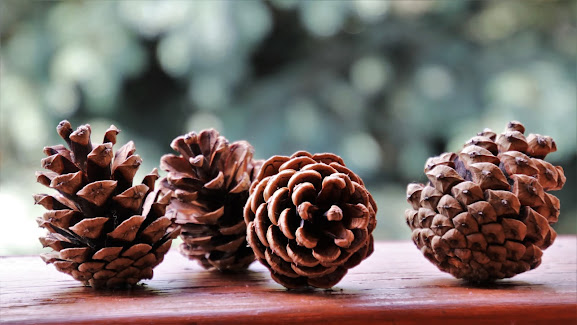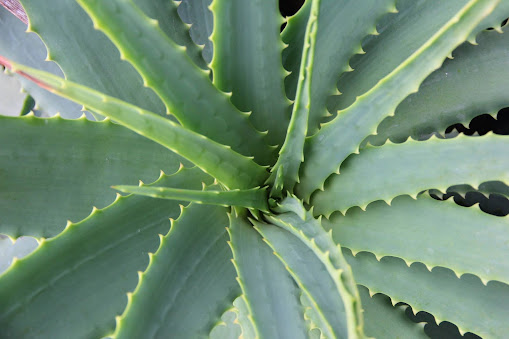Cocktail parties are a lot of fun, but sometimes throwing one can be intimidating. This article will give you ten tips on how to throw an awesome cocktail party.
1.The first part of the party is your invites. You can personalize them by printing them out right on your home computer. This method is cheap and saves time on going to the local printing store.
2.Setting up your house for a cocktail party is always important, but you do not need to do much work. Simply arrange the chairs in your house in clusters and around tables so your guests can mingle. Remember you will be serving appetizers so set up the tables with this in mind. Be sure to remove anything you are afraid to get wine spilled on.
3.Simple décor ideas are perfect for cocktail parties. If you have theme than simply find decorations that suit that theme, but for a regular cocktail party simple candle and flower arrangements can be placed at different food stations.
4.It is imperative when hosting a cocktail party to have many different glasses on hand. You will need at least 2 glasses per guest. Remember as well that different drinks come in different glasses so be sure to have wine glasses, tumblers, rock glasses, martini glasses and high balls for your party.
5.Another tip for throwing a cocktail party is to have plenty of ice. Ice is a mandatory ingredient to most drinks so make sure to have it broken up and handy.
6.When stocking your bar for a cocktail party you will obviously need liquor. If you know what your guests like this is an easier decision, but if not you should definitely have vodka, whiskey, red and white wine, beer, and champagne. If there are certain drinks that you particularly like or plan on preparing make sure you have all of the ingredients.
7.Juices and sodas for mixing are needed for mix drinks as well. SO make sure to stock up on cranberry juice, orange juice, pineapple juice, club soda, cola, and sprite. These mixers are used widely in many drinks.
8.Sliced fruit adds a nice touch to many drinks, and it will help your guests distinguish between their glasses and others. So have some lemon, orange, and pineapple presliced. Cherries and olives are also necessary for many drinks.
9.Cocktail napkins are important to have because you don't want your guests to leave marks all over your furniture. They are also important to help with clean up, and they add a little class to your party. So make sure you have plenty handy.
10.Food is a great addition to a cocktail party but remember to keep it simple. A nice cheese and cracker spread or a vegetable platter works well. A fruit platter is also a nice treat. Simple appetizers of deviled eggs, mini eggrolls, stuffed mushrooms, and mini quiches are good choices for your cocktail party.
Cocktail parties can be a lot of fun for you and your guests if you plan ahead. I hope these tips help you throw your next cocktail party!























